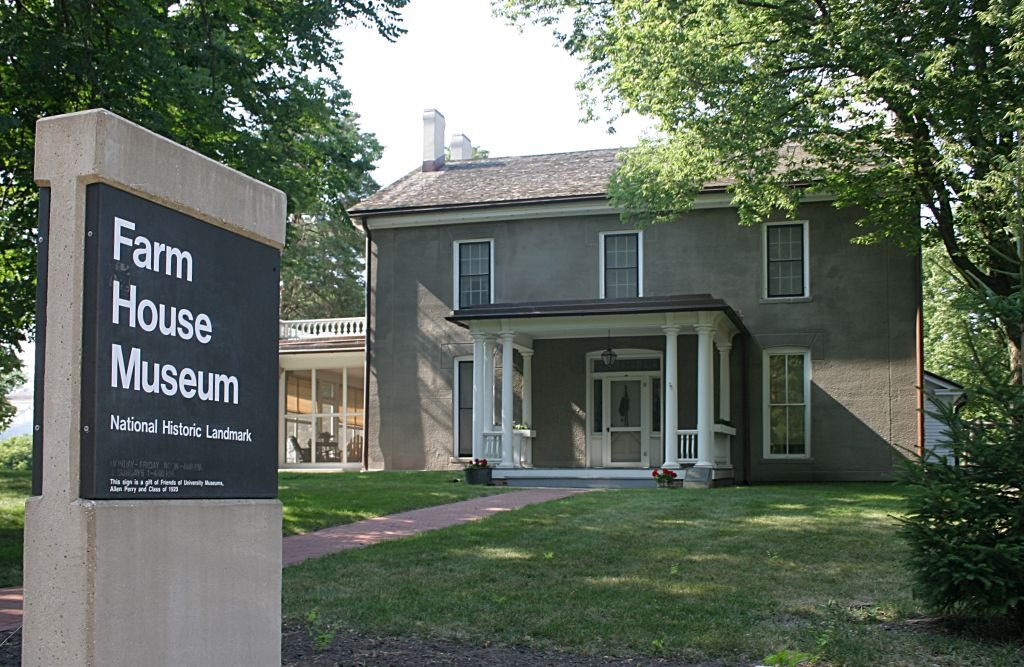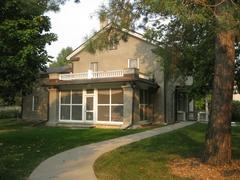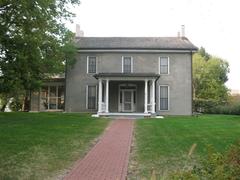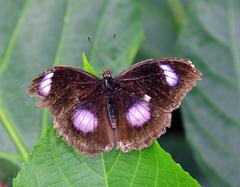
Iowa State University Visiting Hours, Tickets, and Historical Sites in Ames
Date: 01/08/2024
Introduction
Welcome to Iowa State University (ISU), a prestigious institution where history, tradition, and innovation intersect. Established on March 22, 1858, under the name Iowa Agricultural College and Model Farm, ISU was one of the first land-grant universities created under the Morrill Act of 1862. Its founding was part of a broader movement to make higher education accessible to everyone, regardless of financial status or gender, and to integrate practical subjects like agriculture, science, and engineering into the curriculum (Iowa State History and Traditions).
ISU has grown significantly since its early days, becoming a leader in various fields, including agricultural sciences, engineering, and materials research. The university is home to the Ames Laboratory, a U.S. Department of Energy national laboratory focused on materials research, and has made significant strides in sustainable agriculture and renewable energy (Iowa State History and Traditions).
Visitors to ISU can explore a campus renowned for its beauty and historical significance. The central campus has been recognized for its outstanding landscape architecture, and key buildings like Beardshear Hall and Morrill Hall offer a glimpse into the university’s rich architectural heritage (Visitor’s Guide). Additionally, ISU’s vibrant cultural scene, unique traditions, and extensive outreach programs contribute to its dynamic community, making it a fascinating destination for both prospective students and curious visitors alike.
Table of Contents
- Introduction
- History of Iowa State University
- Cultural and Social Traditions
- Athletics and Mascot
- Contributions to Science and Technology
- Museums and Cultural Institutions
- Outreach and Extension Programs
- Notable Alumni and Faculty
- Modern Developments and Future Directions
- Visitor Tips
- Frequently Asked Questions (FAQ)
- Conclusion
History of Iowa State University
Founding and Early Years
Iowa State University (ISU), originally known as the Iowa Agricultural College and Model Farm, was established on March 22, 1858. The institution was part of a broader movement to create land-grant colleges in the United States, a concept formalized by the Morrill Act of 1862. The Iowa legislature accepted the provisions of the Morrill Act in 1864, and the college opened its doors in 1869. ISU was among the first of a new generation of distinctly American colleges built on three revolutionary ideas: education should be accessible to everyone regardless of financial status or gender, practical subjects like agriculture, science, and engineering should be taught alongside classical education, and knowledge should be shared beyond the campus borders (Iowa State History and Traditions).
Progressive Educational Initiatives
Adonijah Welch, the first president of ISU, set a precedent for outreach and practical education in 1870 by holding three-day farmer institutes throughout Iowa. This initiative was expanded in the early 1900s by agronomist Perry Holden, who used the “Seed Corn Gospel Train” to travel across the state, teaching farmers how to select and test corn for the best seed. This innovative approach to education laid the groundwork for the modern-day extension and outreach programs that serve all 99 counties in Iowa (Iowa State History and Traditions).
Campus Development and Architectural Significance
The campus of Iowa State University is renowned for its beauty and historical significance. The central campus is one of only three college campuses to receive the American Society of Landscape Architects medallion award for outstanding landscape sites (Visitor’s Guide). Key historical buildings include Beardshear Hall, a Neoclassical structure built in 1906 that houses many administrative offices, and Morrill Hall, a Romanesque Revival building constructed in 1891 and renovated in 2005 to house the Christian Petersen Art Museum (The Crazy Tourist).
Cultural and Social Traditions
Campaniling
One of ISU’s unique traditions is “Campaniling,” where a student officially becomes an Iowa Stater when kissed under the campanile at the stroke of midnight. This tradition is a cherished part of the student experience and symbolizes the strong community spirit at ISU (Iowa State History and Traditions).
Lake LaVerne
Another tradition involves walking around Lake LaVerne three times with a beloved to ensure a lasting relationship. The lake is home to a pair of swans named Lancelot and Elaine, a tradition that dates back to 1935 (Iowa State History and Traditions).
Athletics and Mascot
The nickname “Cyclones” was adopted after a significant football win in 1895, when the Chicago Tribune remarked that “Northwestern might as well have tried to play football with an Iowa cyclone as with the Iowa team it met yesterday.” The athletics mascot, Cy the Cardinal, was introduced in 1954 because depicting a cyclone in costume was impractical. Cy has become an iconic figure, celebrating its 70th birthday in October 2024 (Inside Iowa State).
Contributions to Science and Technology
ISU has made significant contributions to science and technology over the years. The university is home to the Ames Laboratory, a U.S. Department of Energy national laboratory that focuses on materials research. Additionally, ISU’s College of Agriculture and Life Sciences is renowned for its research in agricultural sciences, contributing to advancements in crop production, animal science, and sustainable agriculture (Iowa State History and Traditions).
Museums and Cultural Institutions
Brunnier Art Museum
The Brunnier Art Museum, established in 1975, is the only accredited museum in Iowa dedicated to decorative arts. It features an extensive collection of glass, ceramics, jade, and other decorative items (The Crazy Tourist).
Christian Petersen Art Museum
Named after the university’s first artist-in-residence, the Christian Petersen Art Museum showcases a rotating lineup of contemporary art exhibitions and sculptures by Petersen himself (The Crazy Tourist).
Outreach and Extension Programs
The university’s commitment to outreach and extension is evident in its extensive network of specialists who transfer university expertise to all 99 counties in Iowa. These programs cover a wide range of topics, from agricultural practices to community development and youth education. The extension programs are a modern continuation of the early educational trains that brought knowledge directly to the people of Iowa (Iowa State History and Traditions).
Notable Alumni and Faculty
ISU has produced numerous notable alumni and faculty who have made significant contributions to various fields. George Washington Carver, a prominent African-American scientist and inventor, conducted groundbreaking research in agriculture at ISU. Jack Trice, the first African-American athlete at ISU, is remembered for his contributions to the university’s sports programs and his tragic death in 1923. The university’s commitment to diversity and inclusion is reflected in its recognition of these trailblazers (Ames History Museum).
Modern Developments and Future Directions
In recent years, ISU has continued to expand and innovate. The Student Innovation Center, for example, provides a collaborative space for students to engage in hands-on learning and creative projects. The university also emphasizes sustainability, with initiatives aimed at reducing its carbon footprint and promoting environmental stewardship. These efforts ensure that ISU remains at the forefront of higher education and research (Iowa State History and Traditions).
Visitor Tips
Visiting Hours and Tickets
For those planning to visit ISU, it is recommended to schedule your visit at least 10 days in advance to ensure a well-organized experience. Iowa State University visiting hours are generally from 8 AM to 5 PM, Monday through Friday. Tickets are not required for general campus visits, but some events and museums may have specific ticketing requirements.
Travel Tips and Nearby Attractions
Visitors can explore various areas of the campus, including the beautiful central campus, which has been recognized for its outstanding landscape architecture. Additionally, visitors can experience the vibrant cultural scene in Ames, with events and attractions such as the Reiman Gardens, Stephens Auditorium, and the Ames History Museum. For those traveling from afar, Ames offers a range of accommodations and dining options to suit different preferences and budgets.
Accessibility
ISU is committed to providing an accessible environment for all visitors. The campus features accessible pathways, parking, and facilities to ensure everyone can enjoy their visit. For specific accessibility needs, it is advisable to contact the university ahead of time to make necessary arrangements.
Special Events and Guided Tours
ISU hosts a variety of special events throughout the year, including sports games, cultural festivals, and academic conferences. Guided tours are available and provide an in-depth look at the university’s history, architecture, and student life. These tours can be booked through the admissions office or the official ISU website.
Photographic Spots
Don’t forget to bring your camera! ISU offers numerous picturesque spots perfect for photography. Highlights include the Campanile, Lake LaVerne, and the beautifully landscaped central campus.
Frequently Asked Questions (FAQ)
What are the visiting hours for ISU?
Iowa State University visiting hours are generally from 8 AM to 5 PM, Monday through Friday.
Are there guided tours available at ISU?
Yes, guided tours are available and can be booked through the admissions office or the official ISU website.
Is there an entrance fee for visiting ISU?
No, there is no entrance fee for general campus visits, but some events and museums may have specific ticketing requirements.
What are some must-see attractions near ISU?
Must-see attractions near ISU include the Reiman Gardens, Stephens Auditorium, and the Ames History Museum.
How can I ensure my visit is accessible?
ISU provides accessible pathways, parking, and facilities. For specific accessibility needs, it is advisable to contact the university ahead of time.
Conclusion
Iowa State University stands as a testament to the enduring value of accessible and practical education. From its early days as a land-grant institution to its current status as a leader in research and innovation, ISU has remained committed to its founding principles. The university’s contributions to science and technology, its rich cultural traditions, and its extensive community outreach programs underscore its role as a pivotal institution in both the state of Iowa and the broader academic world (Iowa State History and Traditions).
Visitors to ISU will find a campus that is not only historically significant but also vibrantly alive with modern developments. The Student Innovation Center and sustainability initiatives reflect the university’s forward-thinking approach, while its museums and cultural institutions offer enriching experiences for all. Whether you’re exploring the picturesque campus, attending a Cyclones game, or engaging with the local community, a visit to Iowa State University promises a memorable and educational experience (The Crazy Tourist).
For those planning a visit, it is advisable to check the university’s official website for the most up-to-date information on visiting hours, guided tours, and special events. ISU’s commitment to accessibility ensures that all visitors can enjoy their time on campus. We encourage you to immerse yourself in the spirit of the Cyclones and discover all that Iowa State University has to offer.
References
- Iowa State History and Traditions, Iowa State University
- Visitor’s Guide, Iowa State University
- 15 Best Things to Do in Ames, Iowa, The Crazy Tourist
- Inside Iowa State, Iowa State University



